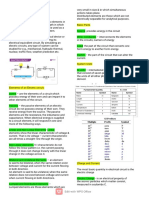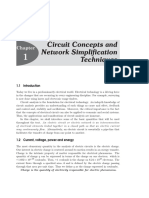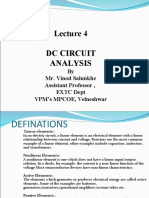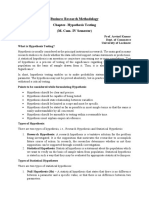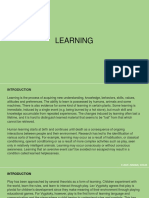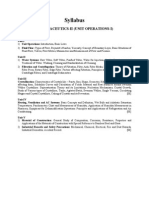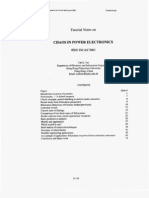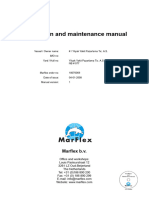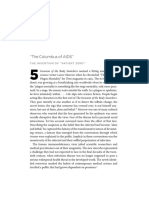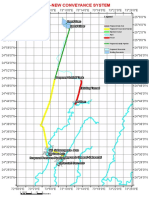0% found this document useful (0 votes)
117 views17 pagesNetwork Theory - BASICS - : By: Mr. Vinod Salunkhe
This document provides an overview of network theory basics including voltage, current, energy, power, and network elements. It defines key concepts like voltage as the potential energy required to move a charge through a distance, and current as the rate of electron flow. It also covers network element types (active/passive, bilateral/unilateral, linear/non-linear, lumped/distributed), and the key circuit parameters of resistance, inductance, and capacitance. Resistance opposes electron flow, inductance induces voltage as current changes, and capacitance stores charge proportional to applied voltage. The presentation provides fundamental definitions and descriptions of electrical concepts and components.
Uploaded by
vinod SALUNKHECopyright
© © All Rights Reserved
We take content rights seriously. If you suspect this is your content, claim it here.
Available Formats
Download as PPTX, PDF, TXT or read online on Scribd
0% found this document useful (0 votes)
117 views17 pagesNetwork Theory - BASICS - : By: Mr. Vinod Salunkhe
This document provides an overview of network theory basics including voltage, current, energy, power, and network elements. It defines key concepts like voltage as the potential energy required to move a charge through a distance, and current as the rate of electron flow. It also covers network element types (active/passive, bilateral/unilateral, linear/non-linear, lumped/distributed), and the key circuit parameters of resistance, inductance, and capacitance. Resistance opposes electron flow, inductance induces voltage as current changes, and capacitance stores charge proportional to applied voltage. The presentation provides fundamental definitions and descriptions of electrical concepts and components.
Uploaded by
vinod SALUNKHECopyright
© © All Rights Reserved
We take content rights seriously. If you suspect this is your content, claim it here.
Available Formats
Download as PPTX, PDF, TXT or read online on Scribd
/ 17









































